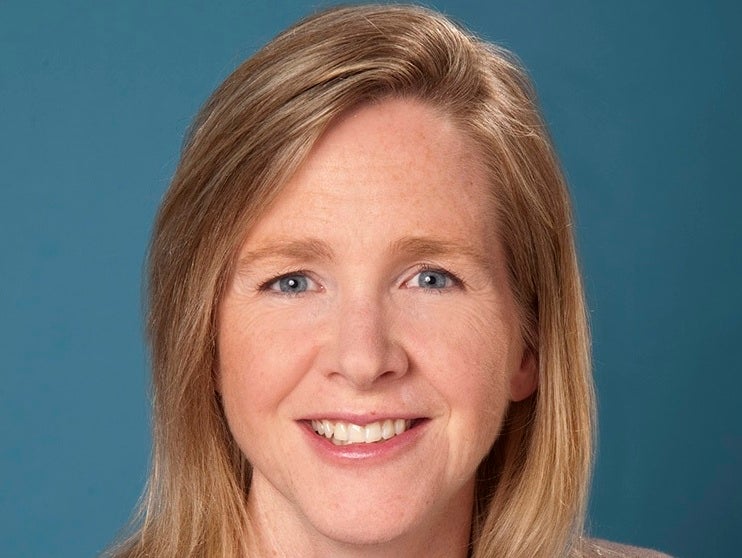New Articles Analyze Health Policy Impact Through Simulation

Posted in GUMC Stories
 As health policies evolve, a number of forecasting models have been implemented to predict how those changes may affect consumer behavior in the marketplace. However, far fewer models exist to show how policy shifts may affect the behavior of those on the supply side of health care, such as hospitals, physicians, nurses, pharmacies, and other types of health care providers.
As health policies evolve, a number of forecasting models have been implemented to predict how those changes may affect consumer behavior in the marketplace. However, far fewer models exist to show how policy shifts may affect the behavior of those on the supply side of health care, such as hospitals, physicians, nurses, pharmacies, and other types of health care providers.
A new article by a team of researchers from Georgetown University School of Nursing & Health Studies (NHS) and the RAND Corporation offers a way to build such a “supply side” simulation model. The new manuscript appeared in a special issue of the journal Health Services Research.
“The Affordable Care Act has many implications for consumers – or the ‘demand side’ of health care – but it also significantly affects the supply side of health care,” says lead author Carole Roan Gresenz, PhD, the Bette Jacobs Endowed Professor in the Department of Health Systems Administration at NHS.
“In recent years, we’ve witnessed the proliferation of simulation models that predict how health reform will affect the number of uninsured in the country and how many individuals will enroll in public insurance coverage or purchase coverage through new health insurance exchanges, for example,” she says. “By comparison, much less has been done around modeling to predict the effects of health policies on the supply side of health care in the U.S.”
Understanding Physician Impact
Gresenz and her research colleagues assessed available data to build a simulation model that can be used to predict the behavior of physicians across the United States in response to health policy changes, such as a change in Medicare or Medicaid reimbursement policy.
“The requirements for this type of model in terms of data are demanding and include information on physicians’ demographics – like age, specialty, and year of graduation from medical school,” she says. “It also covers characteristics of their practice, such as practice location, whether they are in a multi-group physician practice, whether they are affiliated with a larger health system, and what types of insurance coverage they accept.”
The team offers a critical assessment of the data for providing the foundation for a physician simulation model and suggestions for how information available across multiple sources could be combined in a systematic way to create a working, nationally representative model of physician behavior.
“The end product of our published study is really a ‘how-to guide’ for building a simulation model to understand physician behavior and to understand the consequences of health policy on the physician market,” the health economist says. “But our work on model development is continuing.”
A Second Simulation
Also in the special edition, Gresenz authored a second study with colleagues from the University of California at Los Angeles (UCLA) and Columbia University that uses simulation to understand how income eligibility thresholds and premium contribution requirements associated with public health insurance programs affect children’s health insurance coverage outcomes.
“This study looked at recent expansions in many states of the Children’s Health Insurance Program or CHIP, which is a public insurance program for children in families whose income is too high to qualify for Medicaid, but too low to afford purchasing health insurance on their own,” she says.
Using simulation, the researchers were able to analyze various combinations of income eligibility thresholds and premium contribution requirements to assess their impact on the percentage of children who would have no health insurance coverage, have public coverage, or have private coverage.
“What we found is that if a state government expands the income eligibility threshold from 200 to 400 percent of the poverty line, but also requires more than a modest premium contribution, health insurance coverage outcomes among children are virtually unchanged,” Gresenz says.
Gresenz notes that many states have implemented premium contribution requirements for public health insurance as a way to reduce ‘crowd-out,’ or the movement of children who have private health insurance to public coverage when public coverage becomes available.
“Our research shows that families are sensitive to these premium costs,” adds Gresenz. “The findings speak to the importance of not just the availability of insurance coverage, but also the affordability of health insurance coverage in reducing the numbers of uninsured individuals in the U.S. Looking forward, the study highlights the importance of subsidies for the purchase of health insurance coverage provided for by the Affordable Care Act.”
Co-Authors and Support
Gresenz says that simulation can help policymakers and the public to understand the impact of decisions.
“That is what is important about simulation,” she says. “You can pose different scenarios and see potential outcomes.”
The study on physician behavior received financial support from the Investment in People and Ideas Program and the Bing Center for Health Economics – both at the RAND Corporation. Co-authors are David Auerbach, PhD, and Fabian Duarte, PhD, both from RAND.
The study on CHIP received financial support from the Robert Wood Johnson Foundation’s State Health Access Reform Evaluation (SHARE) Initiative. Co-authors are Sarah E. Edgington, MA, and José J. Escarce, MD, PhD, both of the David Geffen School of Medicine at UCLA, and Miriam J. Laugesen, PhD, of the Mailman School of Public Health at Columbia University.
By Bill Cessato, NHS Communications
